East End Gateway and Long Island Rail Road Concourse Renovation
New York, New York, United States
01/

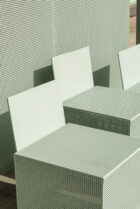
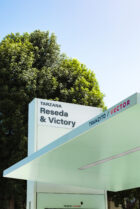
Over the next decade, 3,000 SOM-designed bus shelters will bring much-needed shade and civic infrastructure to neighborhoods throughout Los Angeles.
Los Angeles has an extensive public transportation network with the third-highest ridership in the nation. However, only about a quarter of LA’s 8,000 bus stops currently provide any shade or shelter—an increasingly urgent concern in a warming climate. A new initiative by StreetsLA, a division of the city’s Department of Public Works, will dramatically improve the transit experience. The Sidewalk and Transit Amenities Program, or STAP, will bring 3,000 new and upgraded shelters and 450 shade structures to neighborhoods across the city over the next decade.
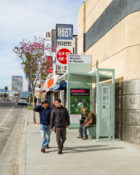
To execute STAP, Tranzito-Vector—a joint venture between smart mobility operator Tranzito and transit advertising specialist Vector Media—is developing a citywide network of bus shelters and shade structures that integrate advertising and smart city technology. With a focus on communities that have the greatest need, the program uses data including ridership and the city’s heat and equity indexes to identify key locations for deployment.

Designed by SOM in collaboration with Designworks, a BMW group company, and urban planner Studio One Eleven, the shelters and shade structures are conceived as a kit of parts—flexible, easily scaled, and adaptable to each site and its existing infrastructure.
The shelter’s functional design takes inspiration from the legacy of California Modernism. An interchangeable set of elements—including the frame, canopy, modular seating, ad panel, e-reader, smart city light, back/side panels, and trash receptacle—allows for more than 170 configurations to address specific site and community needs. The seating components are modular cubes, separate from the shelter frame, allowing for flexibility in placement and quantity. With two height options, the cubes can be implemented with a back or arm rest to serve the needs of all riders.
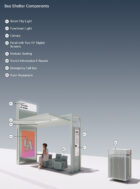
Customization is considered at every scale—from the illuminated neighborhood sign atop the ad panel, to the expandable canopy that can be deployed at varying widths. For shelters with power connections enabled, large digital advertising, public art and service announcements can be displayed on two glass-enclosed 75-inch LCD panels found on either side of the tall ad panel housing. The new structures can provide up to 35 percent more shade than LA’s existing transit shelters.
Evoking the hues of Southern California’s landscape, the steel frames and perforated aluminum components are powder-coated in agave green. A readily identifiable element of the LA streetscape, the new shelters will bring visual cohesion to the transportation network.
As climate change intensifies, increased shade and shelter is critical to health and equity. The design considers human comfort and the L.A. context in all aspects–from the heat absorbing materials that provide thermal comfort in the warmer months to the color and form that integrates and complements the urban landscape.
Embedded within the structures is an adaptable digital infrastructure that completes the vision for a citywide mobility network. The shelters integrate a suite of amenities to enhance the rider experience, including real-time bus tracking, public alert systems, a digital art program, and smart lighting technology.
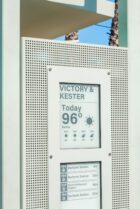
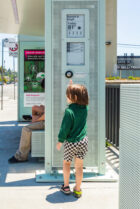
E-ink display screens provide real-time updates for riders and serve as dynamic signage for city events, weather, and route changes. The light tower is equipped to signal status updates and emergency alerts. Meant to work with any third-party software, the shelters are designed to accommodate new and evolving technologies.
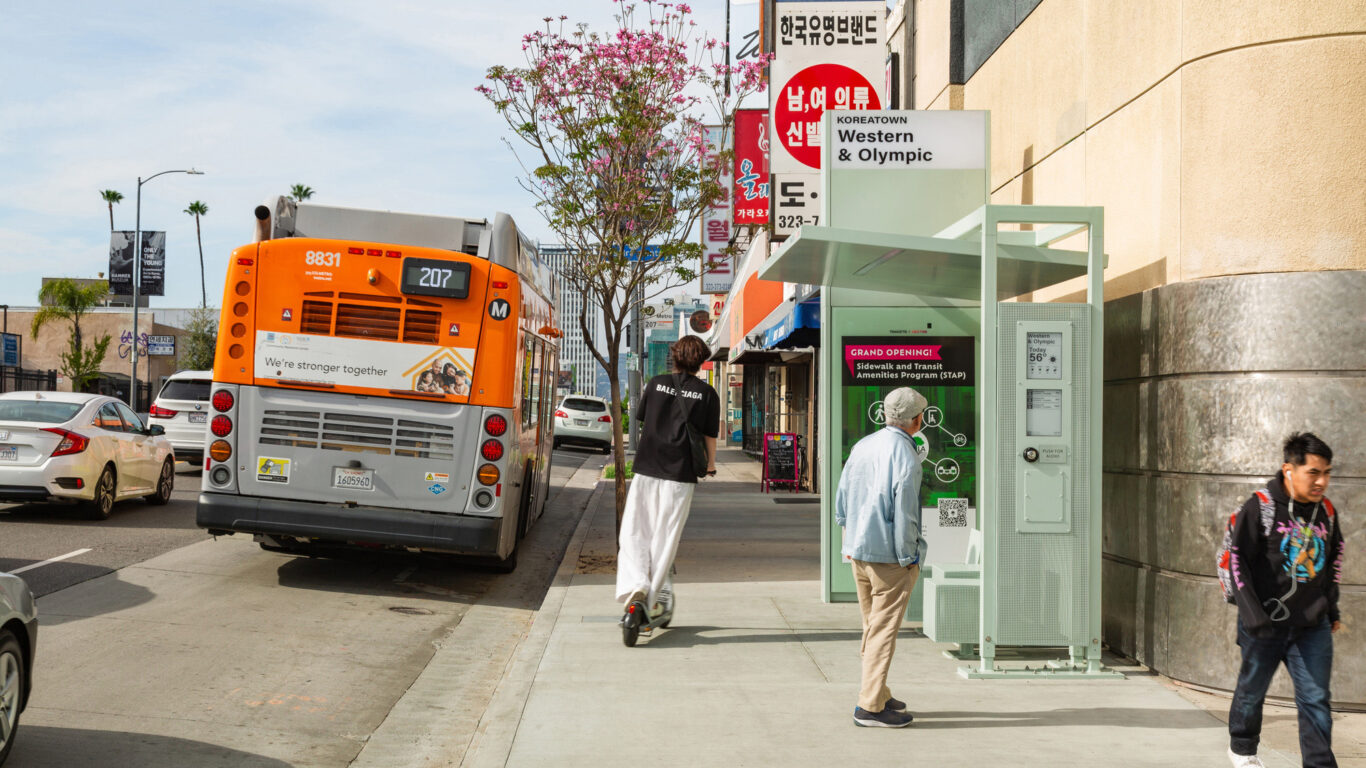
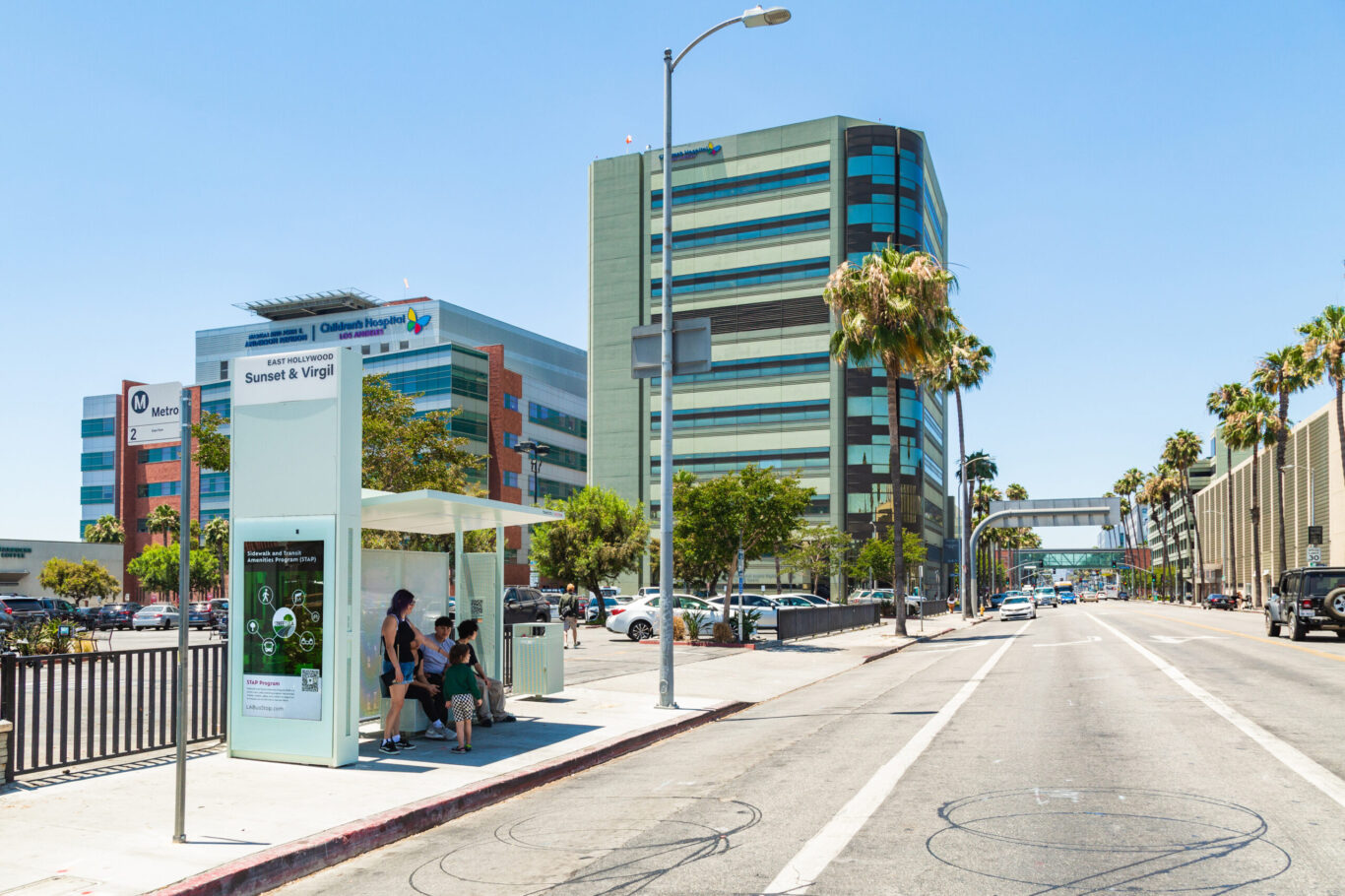
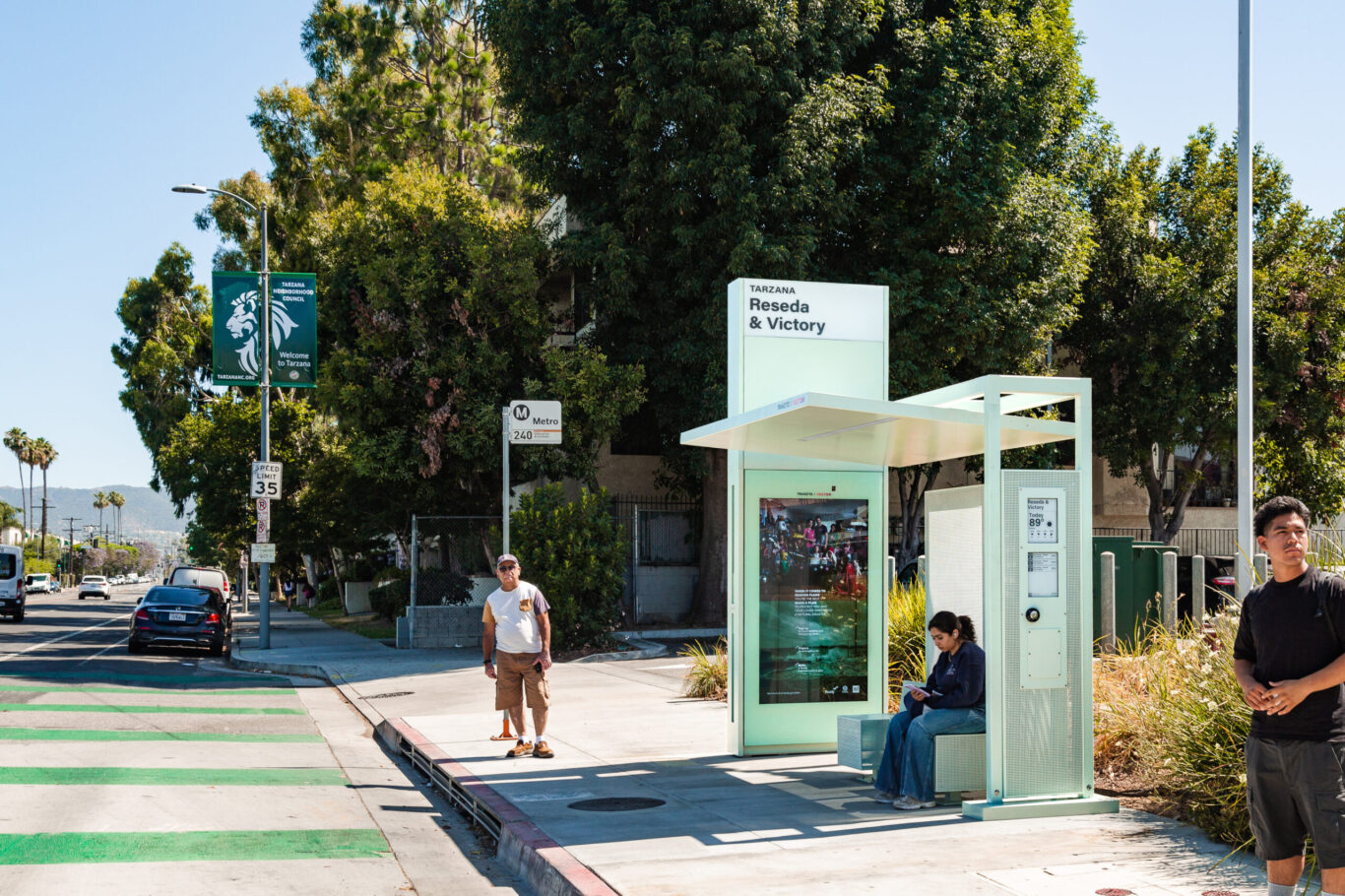
New York, New York, United States
01/